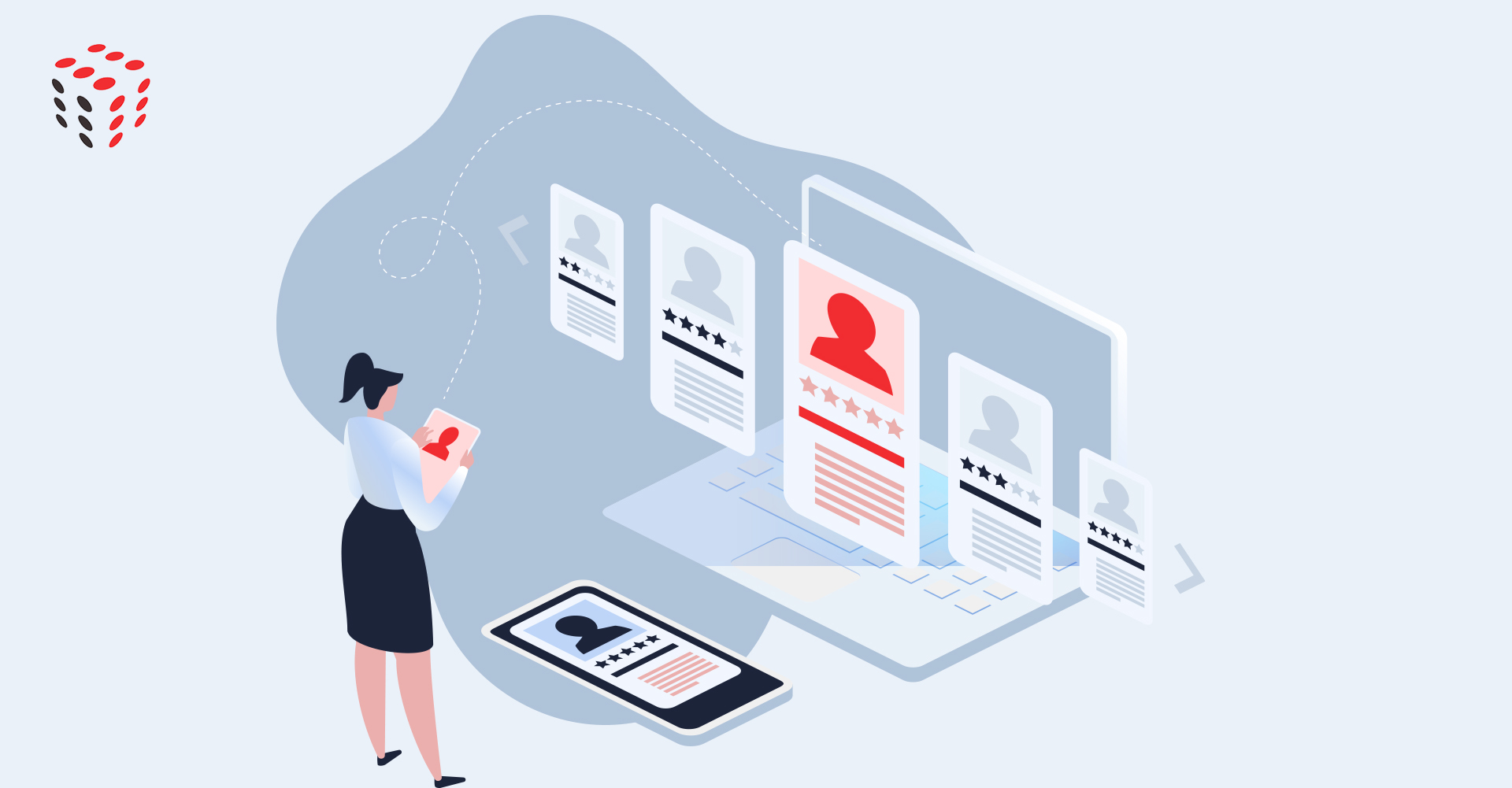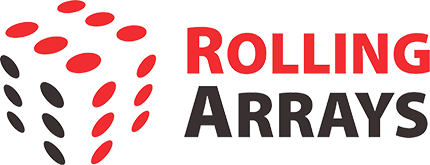
Resources > Blog > From Resistance to Adoption: a Guide to Digital HR Change Management
From Resistance to Adoption: a Guide to Digital HR Change Management

The structure of HR is evolving in the digital age as organisations seek to improve efficiency, engagement, and outcomes. With the advent of new technologies and digital platforms, it has become increasingly important for HR teams to rethink how they operate and find new ways to leverage technology to improve the employee experience and support business goals.
By digitising key HR areas such as leave management, employee skill development, performance reviews, employee feedback, expense management, and employee document management and implementing an effective change management program, organisations can improve employee engagement, streamline processes, and achieve better business outcomes.
A 3-step framework to create an effective digital HR change management program
Communicate
The target audience must adopt an effective change management program to realise digital HR initiatives. That includes every organisation’s employees. It would consist of communicating the value of digital HR to employees. This will ensure that employees are willing to embrace digital HR. Digital HR systems can make their work lives more efficient, transparent, and fulfilling.
For instance, if you wish to communicate the benefits to Leave Management Digitalisation, you need first to identify the numerous benefits of digitising leave management. The consolidated items can then be referenced by HR for communication to employees to drive change management:
- Convenience: Employees can access their leave balances, submit leave requests, and track approvals/denials from anywhere and at any time using a digital platform. This eliminates the need for paper forms and manual tracking.
- Speed: Digital systems can process leave requests and update leave balances in real time, reducing the time it takes for an employee to know if their request is approved or denied.
- Accuracy: Digital systems can reduce errors associated with manual data entry and tracking, such as double-booking employees or failing to approve leave requests on time.
- Self-service: Employees can access their records, check their leave balance and make requests easy.
- Improved communication: Automated notifications and reminders can be sent to employees and managers, ensuring everyone knows about upcoming leave and any changes to leave requests.
In Summary, an effective communication strategy should start with documenting the benefits of all Digital HR Areas for the target audience, e.g., Attracting New Hires, Skill Development, Payroll Management, Performance Reviews, Employee Feedback, Expense Management, HR Document Management etc
Include
It is vital to overcome the resistance of certain Employees, Managers and HODs who are comfortable with the status quo or worried about the implications of new systems and processes.
Here are some tips to help overcome resistance and ensure a successful implementation:
- Identify Champions: Involve a few key employees and managers in the planning and design of each Digital HR Area, especially those who may resist the change or who command a good influence in specific departments or business units. This will help build ownership and commitment to change.
- Demonstrate the benefits: Educate the champions on how the new system will improve their work and make their jobs easier. Highlight the positive impact it will have on the organisation so that advocates can convey the message to employees in their respective departments / BU.
- Provide frequent end-user training in the first 6 Months of the rollout: Provide comprehensive training and support to help employees become proficient in using the new system. This will help reduce anxiety and increase adoption.
- Gradual transition: Consider a phased approach to implementation, allowing employees to become familiar with the new system before fully transitioning.
- Address specific concerns: Listen to the concerns of employees, managers and HODs, and address them directly. Provide reassurance and support to help them feel more comfortable with the change.
- Celebrate successes: Celebrate and acknowledge small achievements along the way. This can build momentum and encourage continued adoption of the new system.
These steps help reduce resistance and ensure a smooth and successful implementation of your digital HR initiative.
Measure
What you don’t measure, you can’t improve. Therefore, apart from communicating the benefits of HR Digitization to the target audience and including some of them in the change management process from the start, we also need to measure adoption rates of HR Digitization areas, which can help identify areas where employees may struggle to adapt to new systems and processes.
Here are some pointers to measure the effectiveness of the change management program so that the change leaders can focus on specific areas to improve the adoption:
Assess the situation:
- What Digital HR areas have low adoption?
- What is the current usage rate of the software?
- Have employees provided feedback on their experience with the new software?
- Have any challenges or issues been identified with the software?
Training and support:
- Was comprehensive training provided to employees on how to use the new software?
- Were employees provided with sufficient support during the implementation process?
- Was the training interactive and engaging for employees?
Incremental rollout:
- Was a phased approach to implementation considered?
- Was sufficient time provided for employees to become familiar with the new software before fully transitioning to it?
- Was the rollout schedule communicated effectively to employees?
Regular feedback:
- Was feedback regularly gathered from employees on their experience with the new software?
- Were changes made to the software based on employee feedback?
- Were employees provided with regular updates on the progress of the implementation?
Celebrate successes:
- Were small achievements along the way acknowledged and celebrated?
- Did employees feel motivated and encouraged to continue using the new software?
- Was the overall adoption rate of the software improved due to celebrating successes?
Address specific concerns:
- Were the particular concerns of employees addressed directly?
- Was sufficient reassurance and support provided to help employees feel more comfortable with the change?
- Were employees provided with a clear understanding of the benefits and purpose of the new software?
By asking these questions and evaluating the answers, you can better understand what needs to be done to improve the adoption of the digital HR initiative.
Conclusion
In conclusion, the digitisation of HR is a vital aspect of an organisation’s transformation journey in the digital age. By implementing an effective change management program, organisations can overcome resistance to change and ensure the successful adoption of digital HR systems.
This program should consist of three key steps: communicate, include and measure. Communication is vital in creating awareness of the benefits of digital HR and creating excitement among the employees, including key employees in the process addressing their concerns helps to overcome resistance, and measuring the effectiveness of the change management program by collecting feedback from employees helps to increase the adoption of the Digital HR initiative continually. By following these steps, organisations can achieve better employee engagement, streamline processes, and achieve better business outcomes with digital HR systems.




